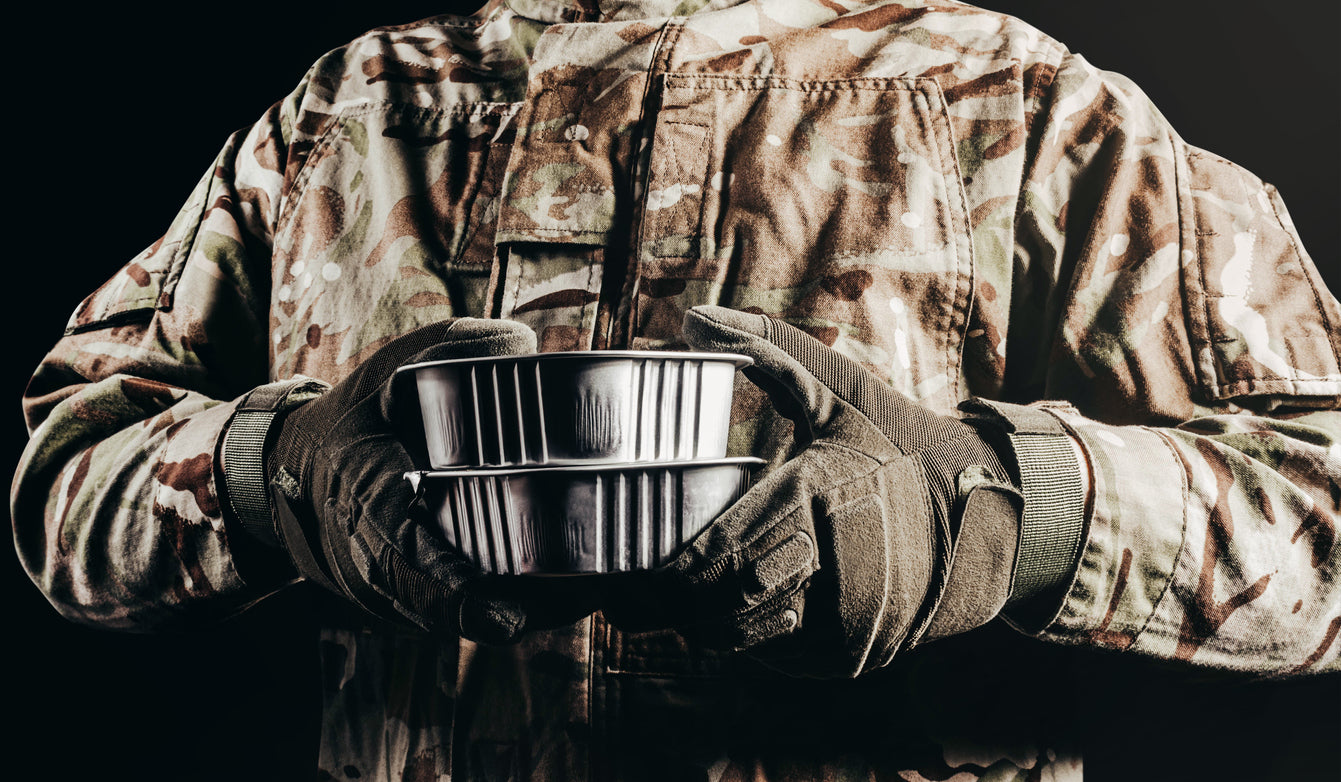Meals Ready-to-Eat (MREs) have become a staple for military personnel, emergency responders, outdoor enthusiasts, and disaster relief efforts. These self-contained meals are designed to provide sustenance and nutrition in various situations where traditional cooking methods are unavailable. This article delves into the world of MREs, discussing their different types, components, and their significance in different contexts.
1. What Are MREs?
- Brief overview of MREs and their origins.
- Explanation of their purpose: to provide a complete and balanced meal in a compact, durable package.
- Mention of MREs' use in military operations, emergency situations, and outdoor activities.
2. Components of MREs
- Discussion of typical components found in MREs:
- Main entrée: protein source (meat, poultry, vegetarian), often accompanied by starches or grains.
- Side dishes: items like rice, pasta, or vegetables.
- Snacks and spreads: crackers, nuts, cheese, peanut butter, jam.
- Beverages: instant coffee, tea, fruit-flavored drink mixes.
- Desserts: cookies, cakes, or puddings.
- Accessories: utensils, napkins, matches, flameless heaters.
- Highlighting the importance of variety and balance in MRE contents to provide essential nutrients.
3. Types of MREs
a. Military MREs
- Detailed overview of MREs designed for military use.
- Emphasis on durability, long shelf life, and portability.
- Mention of various menus and options available to soldiers.
- How military MREs are tailored to meet the nutritional needs of active personnel.
b. Civilian MREs
- Discussion of MREs produced for civilian use, including outdoor enthusiasts, campers, and disaster preparedness.
- Addressing the balance between taste and nutrition in civilian MREs.
- Highlighting the availability of vegetarian and specialized dietary options in civilian MREs.
- How civilian MREs often prioritize convenience and ease of consumption.
c. Emergency Relief MREs
- Explanation of MREs' crucial role in disaster relief efforts by organizations like FEMA.
- Mention of the importance of non-perishable, easily transportable food during emergencies.
- How emergency MREs are designed to meet the dietary needs of diverse populations.
- Emphasizing the significance of shelf stability in storing and distributing MREs for disaster response.
4. Choosing the Right MREs
- Factors to consider when selecting MREs for specific situations:
- Nutritional content and dietary preferences.
- Duration of use (short-term camping vs. long-term storage).
- Portability and weight.
- Special dietary needs and restrictions.
5. Recap of MRE
- Recap of the versatility and significance of MREs in various contexts.
- Emphasis on the convenience, nutrition, and convenience they offer in situations where traditional meal preparation is impractical.
- Encouragement for readers to explore the range of MRE options available and make informed choices based on their needs and circumstances.
6. Importance of MREs During Emergency Disaster Situations
During emergency disaster situations, when infrastructure is compromised, access to fresh food and clean water can become a significant challenge. This is where Meals Ready-to-Eat (MREs) play a pivotal role in ensuring the survival and well-being of affected populations. The importance of MREs in such scenarios cannot be overstated:
a. Immediate Nutrition and Sustenance
- In the aftermath of a disaster, people may be displaced from their homes and unable to access regular meals. MREs provide an immediate source of nutrition, helping to prevent malnutrition and hunger.
b. Minimal Preparation Requirements
- Emergency situations often come with limited access to cooking facilities and clean water. MREs require little to no preparation, making them an ideal solution for individuals and families who lack the means to cook or boil water.
c. Long Shelf Life
- MREs are designed to have a long shelf life, often ranging from several months to years. This means they can be stockpiled and stored in advance, ensuring that communities and relief organizations are prepared for disasters that may strike unexpectedly.
d. Portability and Distribution
- MREs are lightweight and come in compact packaging, making them easy to transport and distribute to affected areas. This is crucial in disaster relief efforts where quick response and efficient distribution are essential.
e. Dietary Considerations
- Emergency populations can be diverse, with varying dietary needs and restrictions. MREs are formulated to cater to different dietary requirements, including vegetarian, gluten-free, and kosher options, ensuring that no one is left without suitable sustenance.
f. Preservation of Resources
- MREs help preserve precious resources such as clean water. With traditional cooking methods requiring water, MREs minimize water usage, allowing it to be reserved for drinking and sanitation purposes.
g. Psychological Comfort
- During times of crisis, having access to familiar and comforting food can provide a sense of normalcy and psychological relief, helping to reduce stress and anxiety among affected individuals.
h. Rapid Deployment
- Disaster response teams, including FEMA, often rely on MREs for their ease of transport and quick distribution. This allows relief efforts to reach remote or inaccessible areas promptly.
7. Conclusion
In emergency disaster situations, MREs serve as a lifeline for individuals and communities facing upheaval and uncertainty. Their ability to provide immediate nutrition, require minimal preparation, and cater to diverse dietary needs makes them an essential component of disaster preparedness and relief efforts. Organizations like FEMA understand the vital role that MREs play in ensuring the survival and well-being of disaster-affected populations, underscoring the need for continued investment in their production, distribution, and accessibility.

